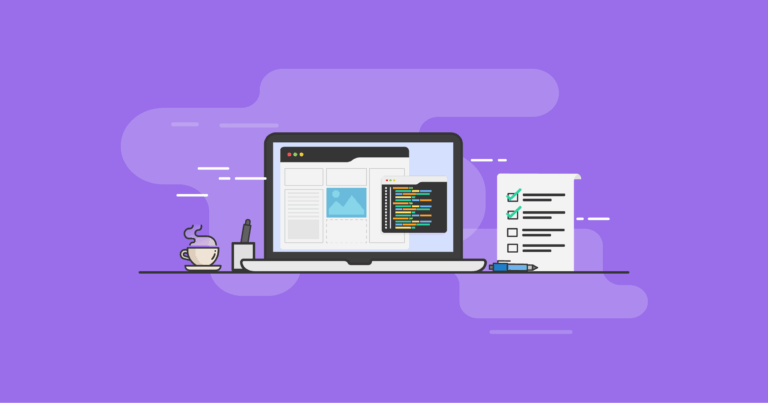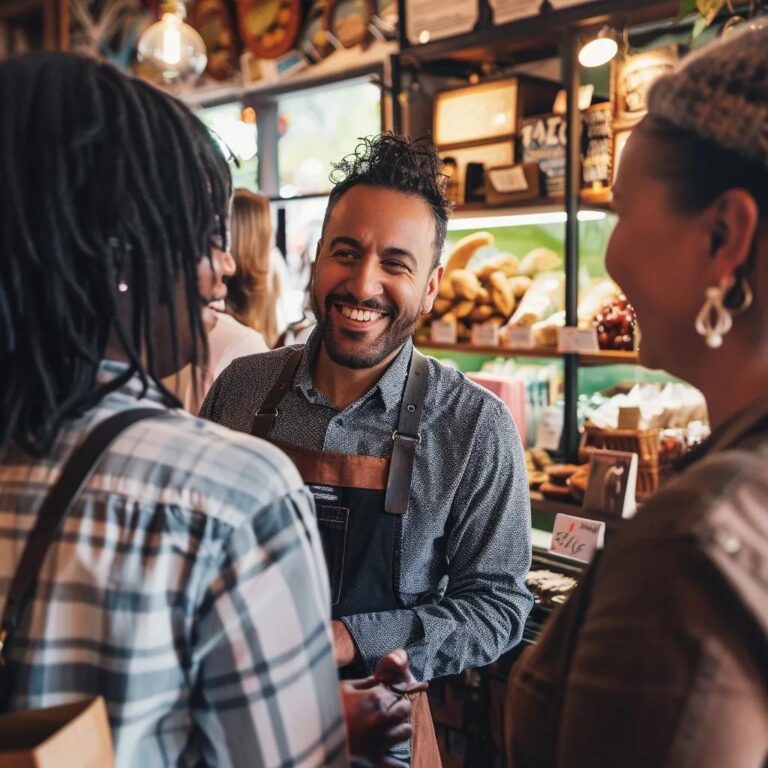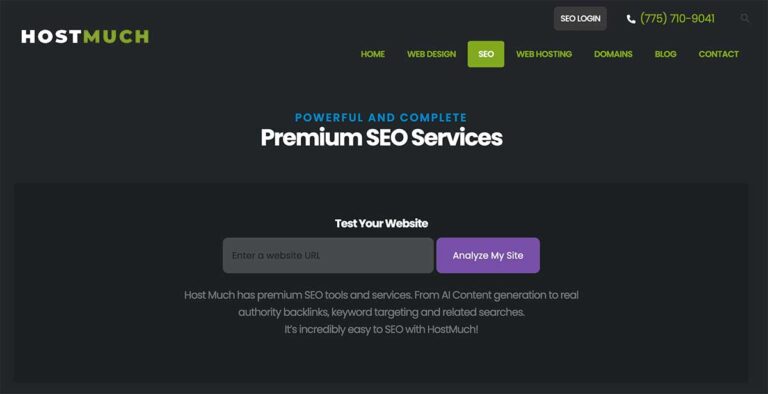Increase Website Traffic through On-Page Optimization
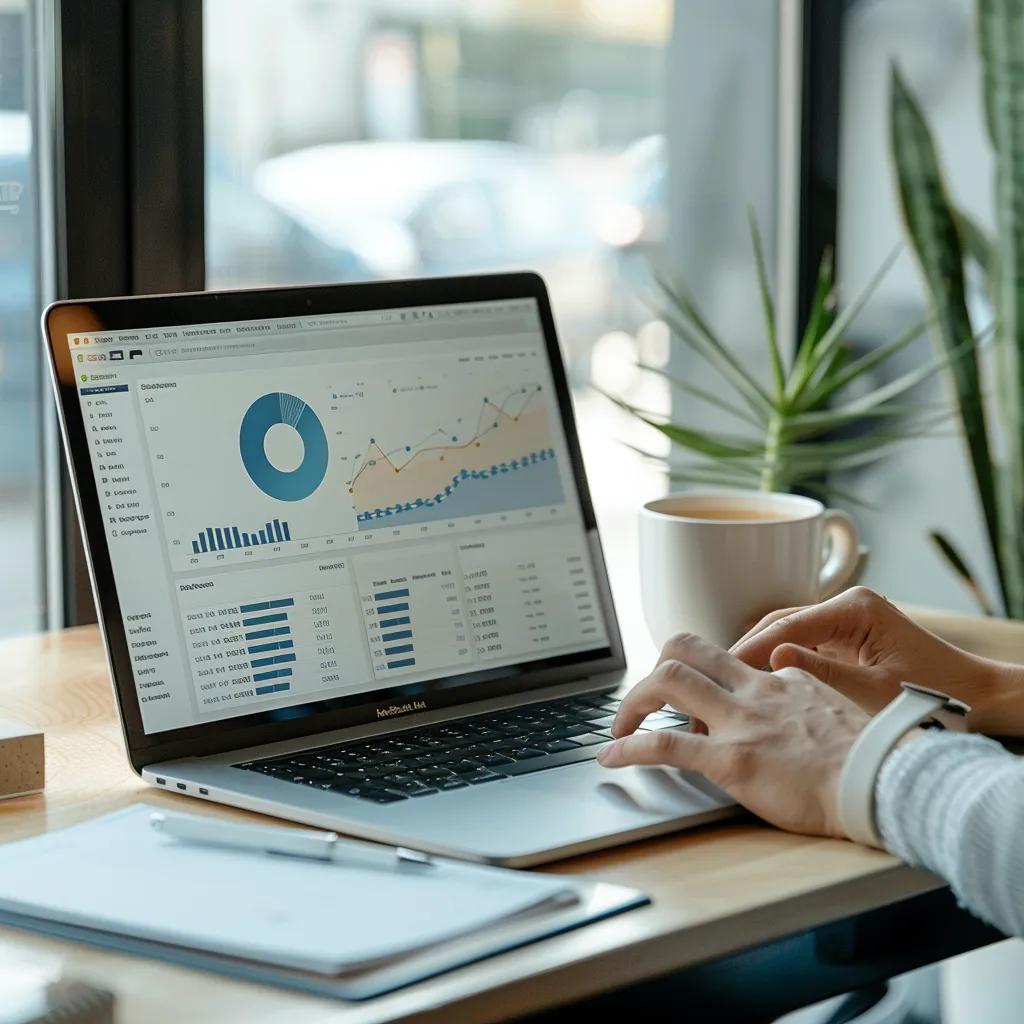
How to Increase Website Traffic through On-Page Optimization: A Complete Guide
Organic search drives over 50% of website traffic, and mastering on page optimization is the key to unlocking that audience and sustaining growth. In this guide, you will discover what on-page optimization entails, how to conduct keyword research, optimize content quality and readability, address technical SEO factors, build internal linking frameworks, and leverage images and video to boost organic visibility and conversions using proven methods and expert insights. Whether you manage your site yourself or engage professional support through comprehensive SEO services, you’ll gain actionable steps to increase rankings, attract qualified visitors, and convert them into clients.
What Is On-Page Optimization and Why Does It Matter for Website Traffic?
On-page optimization involves adjusting page elements like meta tags, headings, and content structure to align with target keywords and boost search engine rankings, which in turn drives increased website traffic.
On-Page Optimization and Search Engine Rankings
On-page optimization involves adjusting page elements to align with target keywords and boost search engine rankings, which in turn drives increased website traffic. This includes optimizing meta tags, headings, and content structure to improve relevance and crawlability.
Before diving into tactics, consider how on-page SEO improves relevance and crawlability:
- Improves keyword relevance in title tags, meta descriptions, and headers
- Enhances crawl efficiency by structuring HTML and internal links
- Boosts user engagement with optimized content layout and readability
- Increases click-through rate by matching search intent and providing clear calls to action
Understanding these core benefits reveals how on-page SEO lays the groundwork for deeper traffic growth strategies.
How Does On-Page SEO Improve Organic Traffic?
On-page SEO improves organic traffic by creating clearer signals for search engines and delivering more relevant user experiences that satisfy search intent.
- Optimized meta tags drive higher click-through rates from search results.
- Keyword-rich headings guide readers and help crawlers understand content structure.
- Well-structured URLs and internal links distribute authority across pages.
These mechanisms collectively enhance rankings and encourage repeat visits, reinforcing long-term traffic growth.
What Are the Key Elements of On-Page Optimization?
Key elements of on-page optimization are title tags, meta descriptions, header structure, content quality, URL structure, and internal linking—all working together to improve search visibility and user engagement.
This combination of elements ensures each page clearly communicates its purpose to both users and search engines.
How Does User Experience Influence Website Traffic?
User experience influences website traffic by reducing bounce rates, increasing time on page, and signaling content quality to search engines, all of which support higher rankings and sustained visitor growth.
- Fast-loading pages encourage deeper exploration and lower abandonment
- Mobile-responsive designs meet user expectations on any device
- Clear navigation and calls to action guide visitors through conversion paths
By prioritizing E-E-A-T—Experience, Expertise, Authoritativeness, and Trustworthiness—you create a seamless journey that search engines reward with improved visibility.
How to Conduct Effective Keyword Research for On-Page SEO?
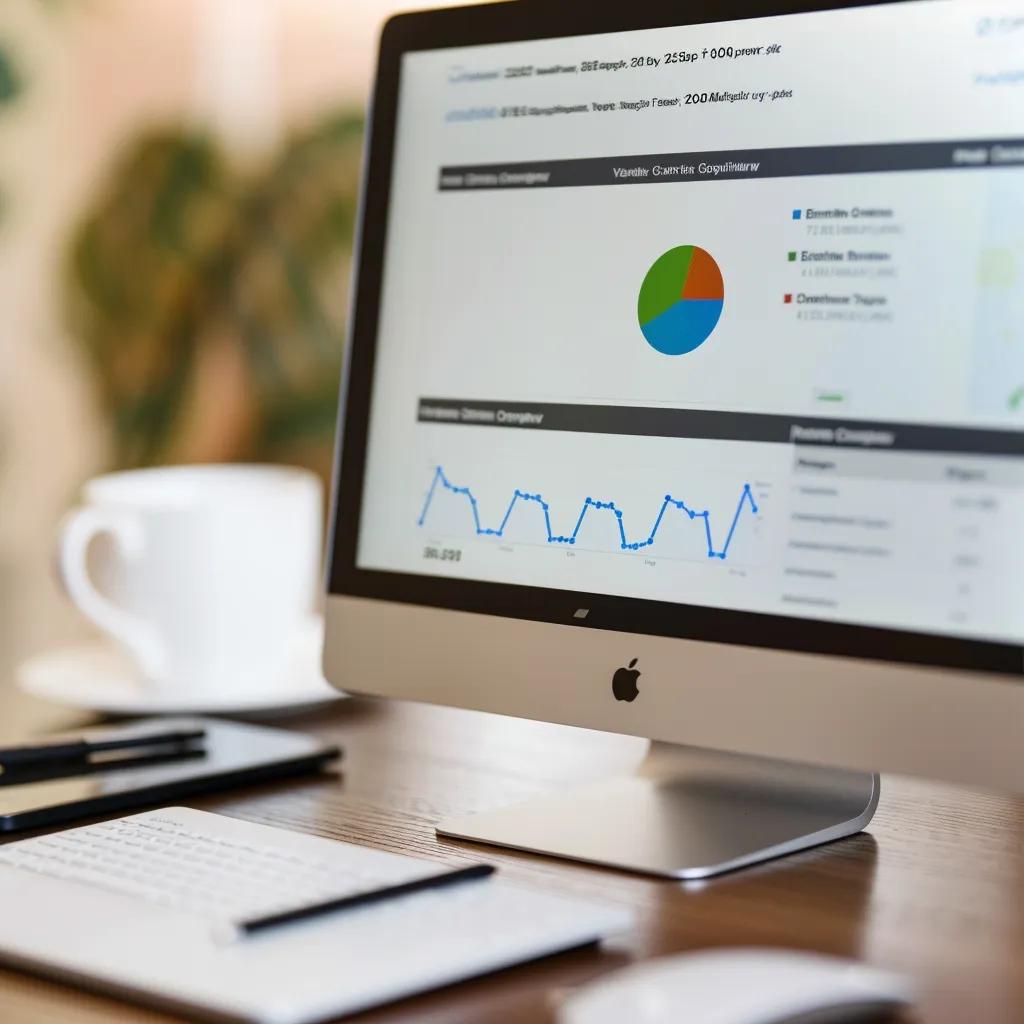
Effective keyword research identifies the terms and phrases your audience uses, enabling you to target content that drives relevant traffic and higher engagement.
- Brainstorm seed keywords based on product or service offerings.
- Use keyword tools to discover search volume, trends, and difficulty.
- Analyze intent to classify informational, navigational, and transactional queries.
Keyword Research and Content Optimization
Effective keyword research identifies the terms and phrases your audience uses, enabling you to target content that drives relevant traffic and higher engagement. Optimizing website content involves refining quality, structure, and relevance to satisfy search intent and encourage engagement that translates into sustained website traffic.
How Are Long-Tail Keywords Driving Traffic?
Long-tail keywords are specific, multi-word phrases that capture precise user intent and lower competition, leading to higher conversion rates and sustained traffic growth.
- “Small business on-page SEO checklist” targets actionable research
- “Best meta description length for e-commerce” addresses detailed queries
- “How to optimize header tags in WordPress” matches implementation needs
Focusing on these phrases helps you rank quickly for targeted niches before scaling to broader terms.
How to Analyze Competitor Keywords for Better Optimization?
- Identify direct competitors ranking for your seed keywords.
- Extract their target keywords using our HostMuch SEO tool and note search volumes.
- Evaluate content depth and structure to spot opportunities for improvement.
What Tools Help Identify Target Keywords?
These resources empower you to align on-page optimization with real user queries and stay ahead of competitive landscapes.
How to Optimize Website Content to Maximize Organic Traffic?
Optimizing website content involves refining quality, structure, and relevance to satisfy search intent and encourage engagement that translates into sustained website traffic.
- Craft concise, benefit-focused headings that address user questions
- Break up text with bullet lists, images, and multimedia for readability
- Include semantic variations and related entities to cover topic comprehensively
What Are Best Practices for Content Quality and Readability?
- Use the Flesch-Kincaid readability score to gauge simplicity.
- Write short paragraphs and vary sentence length for flow.
- Incorporate bullet lists and subheadings to guide scanning.
How Does Semantic SEO Writing Enhance Traffic?
- Include LSI keywords like “content relevance,” “search intent modeling,” and “entity optimization”
- Use structured data to annotate definitions, lists, and examples
- Tie each subtopic back to the main theme of on-page optimization for cohesion
How to Implement E-E-A-T Principles in Content?
- Provide author bios that highlight credentials and real-world experience
- Link to reputable sources for statistics and guidelines
- Showcase case studies or client success stories to illustrate results
What Technical On-Page SEO Factors Boost Website Traffic?
Check out google PageSpeed Insights
Technical SEO Factors and User Experience
Technical on-page factors like site speed, mobile optimization, Core Web Vitals, and structured data form the backbone of search performance, directly influencing ranking and traffic [1]. User experience influences website traffic by reducing bounce rates, increasing time on page, and signaling content quality to search engines, all of which support higher rankings and sustained visitor growth [1].
This research supports the article’s explanation of technical SEO factors and user experience.
How Does Site Speed Affect User Experience and Rankings?
- Compress images and use modern formats for faster delivery
- Minify CSS and JavaScript to streamline page rendering
- Leverage browser caching and CDN for global performance
Why Is Mobile-First Optimization Critical for Traffic Growth?
- Implement responsive design with fluid grids and flexible images.
- Test mobile usability with Google’s Mobile-Friendly Test tool.
- Prioritize viewport settings and touch-friendly navigation.
How to Use Core Web Vitals to Improve SEO Performance?
- Aim for LCP under 2.5 seconds to ensure fast loading
- Strive for FID below 100 ms to guarantee interactivity
- Keep CLS under 0.1 to prevent unexpected layout shifts
How to Implement Schema Markup for Enhanced SERP Visibility?
Implementing schema markup involves embedding JSON-LD snippets that define entities, relationships, and content types to enable rich snippets and increase click-through rates.
What Types of Schema Markup Are Most Effective for On-Page SEO?
- Service Schema defines Hostmuch’s on-page SEO service details and coverage.
- HowTo Schema outlines step-by-step optimization workflows.
- FAQPage Schema structures common questions for snippet eligibility.
These markup types establish clear entity relationships and improve predictive retrieval in search results.
How to Build Internal Linking Strategies That Increase Website Traffic?

A strategic internal linking framework distributes authority, enhances crawlability, and guides users through related content pathways, amplifying organic traffic and engagement.
What Is the Role of Anchor Text in Internal Linking?
- Use descriptive phrases like “on-page optimization techniques” rather than generic terms
- Vary synonyms and related terms across links to avoid patterns
- Keep anchor length concise and focused on the core entity
How Does Silo Structure Support On-Page SEO?
- Group pages by primary topic—keyword research, content optimization, technical SEO.
- Link from cluster pages back to the main guide to concentrate authority.
- Maintain consistent naming conventions and URL paths for clarity.
What Are Best Practices for Internal Link Placement?
- Embed links within introductory or conclusion paragraphs for visibility
- Limit links to 2–3 per page section to preserve authority distribution
- Use logical progression—link foundational concepts before advanced topics
How to Optimize Images and Videos for On-Page SEO Traffic Gains?
What Are Effective Techniques for Image Optimization?
- Name files with hyphens and keywords: on-page-seo-checklist.jpg
- Write alt text that describes the image function and includes synonyms
- Serve images in next-gen formats like WebP for faster delivery
How Does Video Content Enhance User Engagement and Traffic?
- Embed short tutorial videos explaining optimization steps
- Offer captions and transcripts to broaden accessibility and keyword coverage
- Host on your platform or a branded channel to retain traffic and data
How to Use Multimedia to Support On-Page SEO Goals?
- Align images and videos with section topics to reinforce relevance
- Use descriptive captions and schema markup for multimedia elements
- Ensure media does not hamper performance by lazy-loading assets
What Are the Best Tools and Resources to Monitor On-Page SEO and Traffic?
- Google Analytics for tracking organic sessions, bounce rates, and conversions
- Google Search Console for keyword rankings, index coverage, and structured data errors
- SEMrush or Ahrefs for competitor analysis, site audits, and rank tracking
How to Track Organic Traffic Growth and Keyword Rankings?
- Set up custom dashboards in Google Analytics for organic channel performance
- Use Search Console’s Performance report to monitor query impressions and clicks
- Schedule monthly rank tracking reports in our HostMuch SEO software for trend analysis
What Tools Help Audit Technical On-Page SEO Elements?
- Use Google PageSpeed Insights and Lighthouse for site speed and Core Web Vitals
- Run Site Audit in SEMrush or Ahrefs to uncover broken links, duplicate content, and schema errors
- Validate structured data with Google’s Rich Results Test
How to Monitor SERP Features and Rich Snippet Performance?
- Track rich snippet impressions and clicks in Search Console’s Performance report
- Use tools like Rank Ranger or SEMrush Sensor to detect PAA and featured snippet appearances
- Analyze click-through rate differences between standard and enhanced listings
A solid monitoring framework equips you to iterate on on-page optimization and sustain long-term traffic growth.
What Is On-Page SEO and How Does It Work?
On-page SEO is the practice of optimizing individual pages by fine-tuning content, HTML elements, and internal structures to match user intent and ranking algorithms, resulting in higher organic traffic and engagement.
How Can I Increase Website Traffic for Free Using On-Page SEO?
You can increase website traffic for free by optimizing title tags, meta descriptions, header tags, internal links, and content quality to satisfy search intent and improve click-through rates without additional advertising spend.
What Are the Most Important On-Page SEO Factors?
The most important on-page SEO factors are keyword-optimized title tags, meta descriptions, header structure, content relevance, page speed, mobile responsiveness, and structured data markup.
How Do I Optimize My Website for Mobile Users?
To optimize for mobile users, implement responsive design, test viewport settings, ensure touch-friendly navigation, and prioritize fast loading by compressing resources and leveraging caching.
How Long Does It Take to See Traffic Results from On-Page Optimization?
Traffic results from on-page optimization typically appear within 4–12 weeks as search engines crawl, index, and re-rank your improved content and technical enhancements.
By following this complete guide, you can systematically increase website traffic through on-page optimization and maintain gains over time. For tailored insights and ongoing management, explore our comprehensive Web Manager services at Host Much and accelerate your path to higher visibility and conversions.



